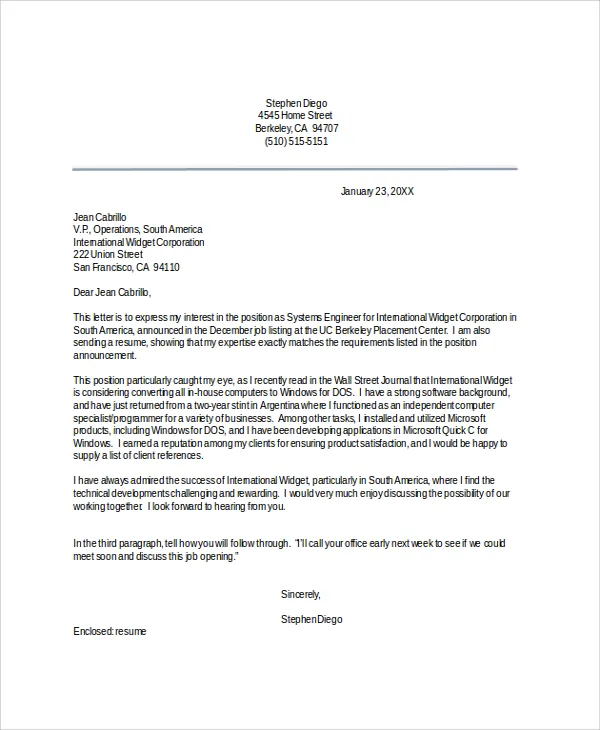What Is a Cover Letter
A cover letter serves as a crucial introduction to your resume, providing a personalized snapshot of your qualifications and aspirations. Unlike a resume, which offers a concise overview of your professional history, a cover letter allows you to elaborate on your skills, experiences, and motivations in a narrative format. This document is your opportunity to connect with the hiring manager on a more personal level, demonstrating why you are the ideal candidate for the specific role. It should showcase your personality, express genuine interest in the company, and highlight how your unique abilities align with their needs. A well-crafted cover letter is not just a formality it’s a strategic tool to differentiate yourself from other applicants and make a lasting impression.
Why You Need a Cover Letter
In today’s competitive job market, a cover letter is often the key to unlocking the door to an interview. It is an essential complement to your resume and provides context to your application. A cover letter allows you to explain any gaps in your employment history, career changes, or unconventional experiences. It demonstrates your ability to communicate effectively and professionally. Furthermore, it signals to the employer that you have taken the time to understand their organization and are genuinely enthusiastic about the opportunity. Without a cover letter, you risk missing out on the chance to highlight your personality, passion, and the unique value you bring to the table. A compelling cover letter transforms a simple application into a compelling narrative, significantly increasing your chances of getting noticed and advancing in the hiring process.
Key Components of a Cover Letter
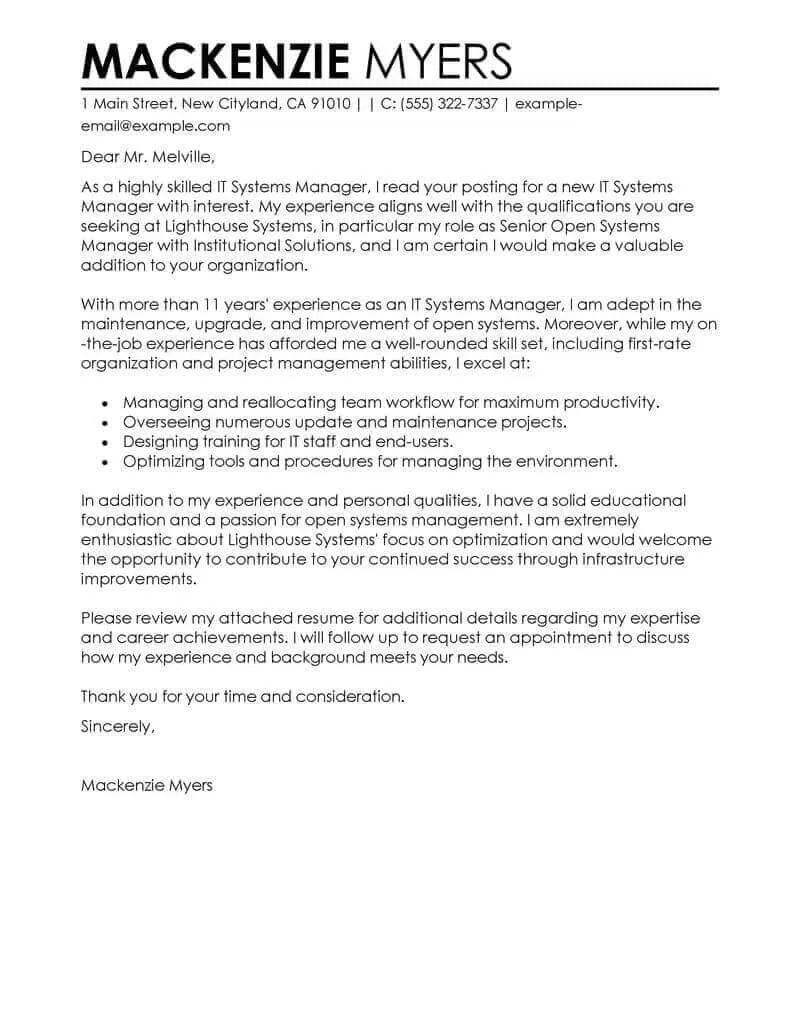
A well-structured cover letter includes several key components that work together to present a cohesive and compelling case for your candidacy. These elements ensure clarity, professionalism, and a persuasive tone. By including these key elements, you create a document that effectively introduces you to the hiring manager and sets the stage for your resume. Each part of the letter plays a vital role in making a strong and lasting impression. A comprehensive cover letter is not just a summary of your skills; it’s a story about you and your aspirations.
Contact Information and Date
At the top of your cover letter, include your contact information your name, address, phone number, and email address. Following this, add the date. This ensures that the hiring manager knows how to reach you and has a clear reference point for when the letter was written. Formatting is key, ensuring that the information is presented clearly and is easy to locate. Maintaining a professional layout from the outset sets the tone for the rest of your cover letter and underscores your attention to detail, a crucial trait in any job application.
Greeting the Hiring Manager
Address the hiring manager by name whenever possible, which shows you’ve done your research and are genuinely interested in the position. If you can’t find the name of the hiring manager, use a general greeting such as ‘Dear Hiring Team’ or ‘Dear [Department] Hiring Manager.’ Avoid generic greetings like ‘To Whom It May Concern’ or ‘Dear Sir/Madam’ as they lack personalization. Tailoring your greeting to the specific company and role creates a better first impression, indicating you are taking the time to personalize your approach and show initiative.
Crafting a Compelling Opening
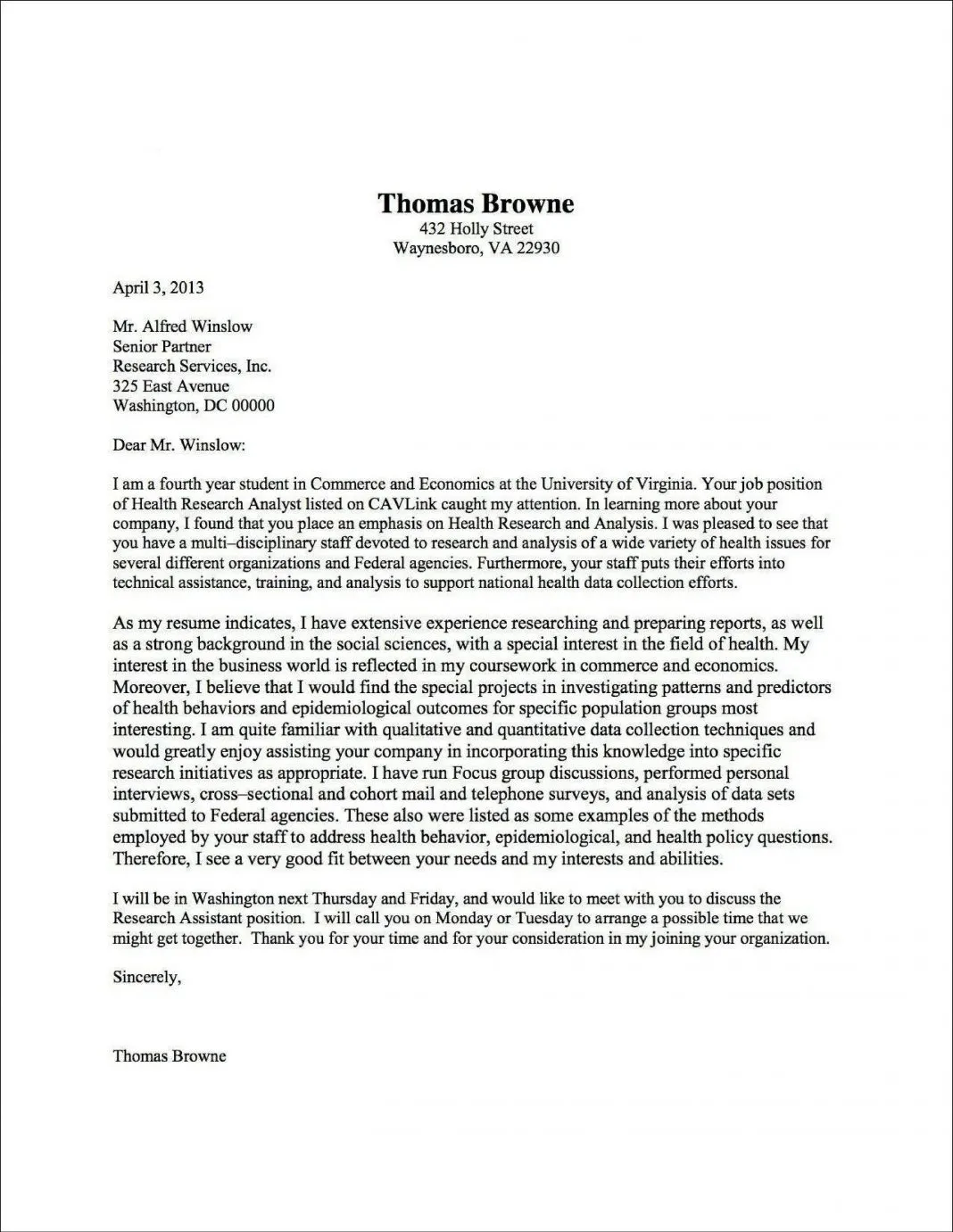
The opening paragraph is your first chance to grab the reader’s attention. Clearly state the position you are applying for and, if applicable, how you found the job. Briefly mention why you are interested in the role and the company. Your opening should immediately convey your enthusiasm and highlight something specific that has drawn you to the position. Avoid generic statements, and instead, create an impactful hook that piques the reader’s interest and makes them want to read on. A strong opening ensures that your cover letter stands out from the crowd and entices the hiring manager to continue reading.
Highlighting Your Relevant Skills and Experience
The body of your cover letter is where you showcase your key skills and experiences that align with the job requirements. Use this section to provide specific examples that demonstrate how your qualifications match the job description. Avoid simply restating your resume; instead, elaborate on your accomplishments, emphasizing how your skills have led to tangible results in previous roles. Quantify your achievements whenever possible, providing concrete data and evidence to support your claims. For instance, mention how you improved sales figures by a certain percentage, or reduced costs by a specific amount. Doing so strengthens your application and provides a clear picture of your capabilities.
Showcasing Your Achievements
Use this section to go beyond the listing of your responsibilities and instead focus on your significant achievements. This is the perfect place to mention any awards, special recognitions, or notable projects you’ve led or contributed to. Explain the context of these achievements, how you achieved them, and the positive impact they had. Focus on the results of your efforts, and demonstrate how your achievements align with the needs of the employer. This section helps to distinguish you from other candidates and provides concrete evidence of your competence and potential.
Demonstrating Your Interest in the Company
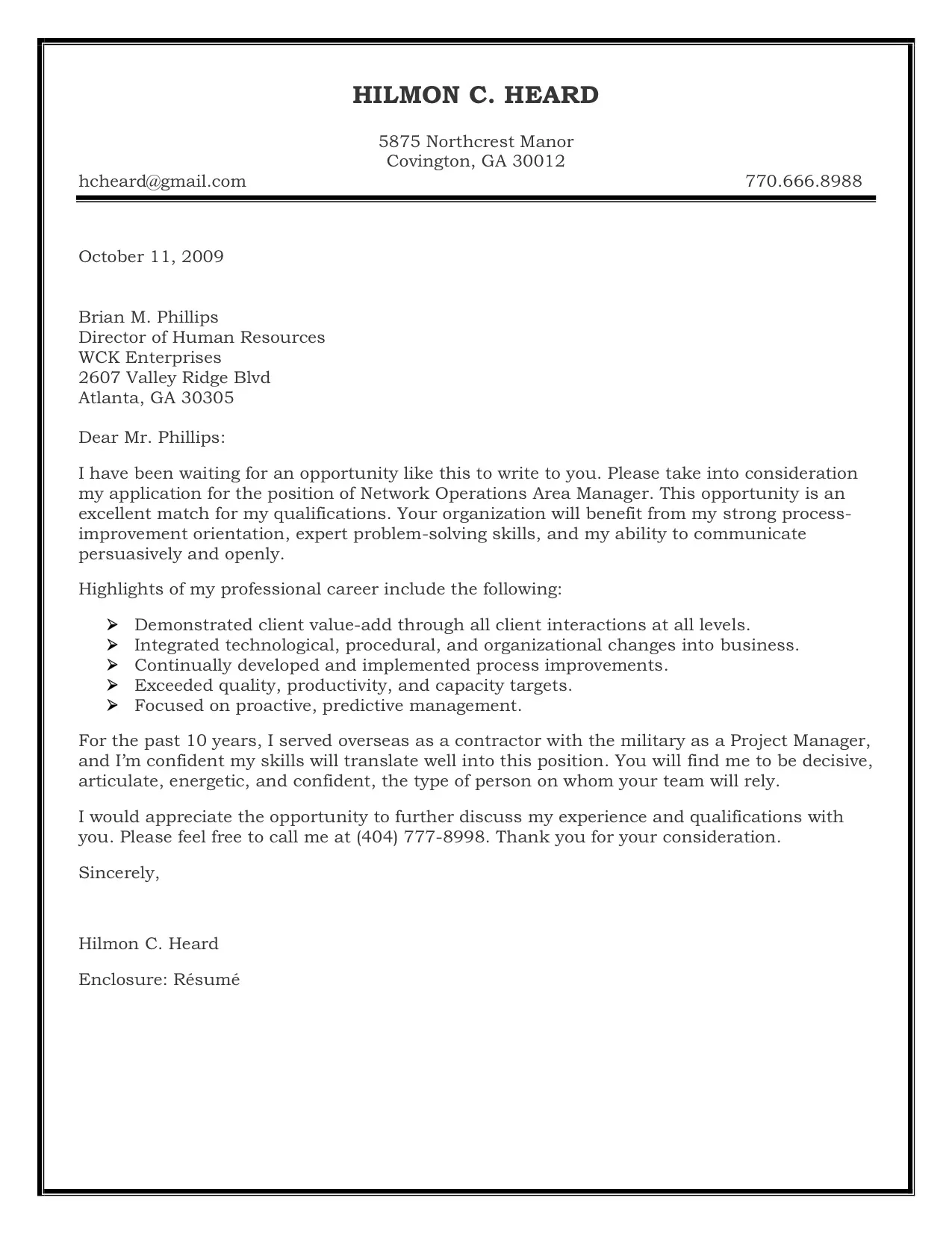
Show your genuine enthusiasm for the company by explaining why you want to work there. Mention specific aspects of the company’s mission, values, or recent projects that resonate with you. Research the company’s culture and initiatives, and connect them to your personal and professional goals. This shows the hiring manager that you’ve done your homework and are not just sending out generic applications. Emphasizing your alignment with the company’s goals creates a stronger connection and makes you a more attractive candidate, as it indicates you will be a good cultural fit.
Closing Your Cover Letter
End your cover letter with a strong closing paragraph that reiterates your interest in the role and expresses your gratitude for the opportunity. Reiterate your key qualifications and how they align with the company’s needs. Include a call to action, such as stating that you look forward to discussing your application further and are available for an interview. Keep the tone professional and enthusiastic, leaving a lasting positive impression. Thanking the hiring manager for their time and consideration is a simple yet effective way to show appreciation and end the letter on a positive note.
Proofreading and Formatting
Before submitting your cover letter, carefully proofread it for any grammatical errors, typos, or inconsistencies. Pay close attention to sentence structure, spelling, and punctuation. Ensure the formatting is consistent and professional. A well-formatted cover letter reflects your attention to detail and commitment to excellence. Having someone else read your cover letter can also help identify errors you may have missed. This final check ensures that your cover letter is polished and presents you in the best possible light, significantly increasing the likelihood of a positive response.
Cover Letter Examples to Inspire You
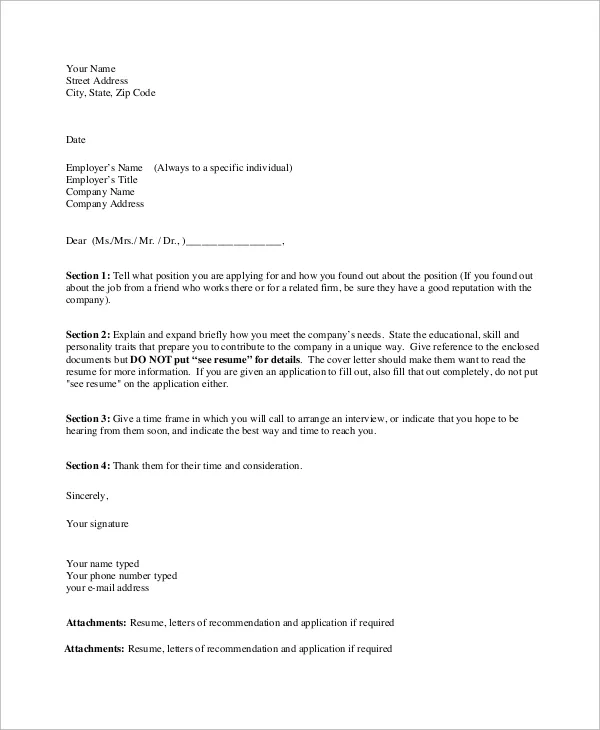
Reviewing different cover letter examples can provide you with valuable insights and inspiration as you write your own. These examples offer diverse approaches and templates, allowing you to adapt them to your unique circumstances and the roles you’re applying for. Studying the style, tone, and structure of successful cover letters can help you understand what resonates with hiring managers. Remember, while examples can be beneficial, it’s important to tailor your letter to reflect your personality and the specific requirements of the job. By using these examples, you can refine your own cover letter and create a compelling document that captures the attention of the hiring manager.
Example 1 Entry-Level Position
A strong cover letter for an entry-level position should focus on your enthusiasm, transferable skills, and any relevant experiences, even if they are from internships or volunteer work. Highlight any academic achievements, projects, or extracurricular activities that showcase your abilities and align with the job requirements. Your goal should be to demonstrate your eagerness to learn, your strong work ethic, and your potential to contribute to the company. The tone should be confident and professional, showcasing your excitement for the opportunity and your willingness to grow within the company.
Example 2 Mid-Career Professional
For mid-career professionals, your cover letter should showcase your proven track record and key accomplishments. Emphasize your relevant experience, expertise, and quantifiable achievements from your previous roles. Highlight how your skills and experiences have led to tangible results, and use data to back up your claims. Show how your experience makes you the perfect candidate for the job. Tailor your letter to the specific requirements of the role and the company, clearly articulating your ability to add value to their team. Display your leadership skills and experience in handling more complex tasks.
Example 3 Career Change
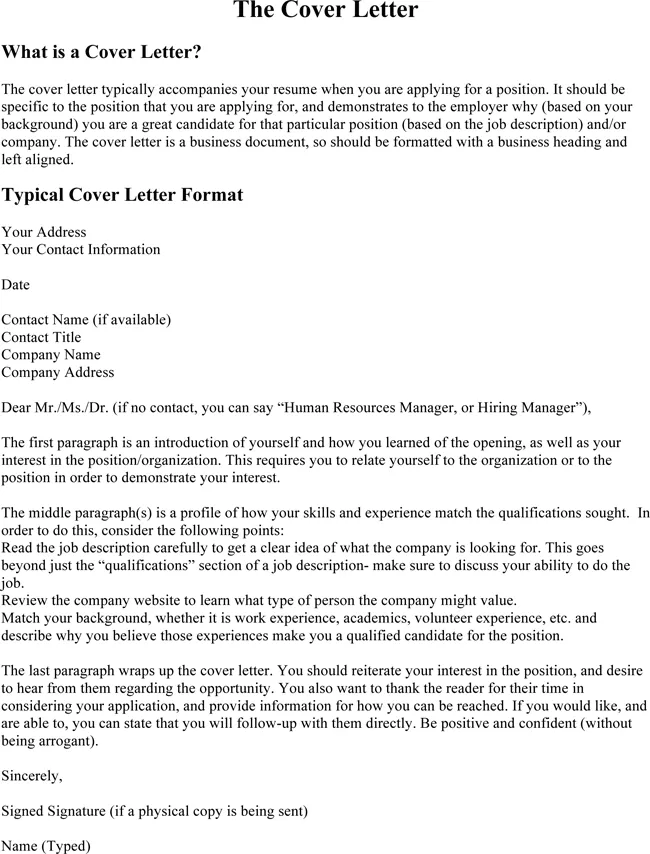
When making a career change, your cover letter should focus on bridging the gap between your previous experience and the new role. Highlight your transferable skills and explain how your past experiences have prepared you for the new role. Emphasize your willingness to learn and adapt, and demonstrate your passion for the new field. Explain your reasons for the career change and how your skills and aspirations align with the job requirements. Show your enthusiasm and highlight the value you can bring, even without direct experience in the field. Tailoring your letter to the specific requirements of the role shows your adaptability and determination.
Tips for Tailoring Your Cover Letter
Tailoring your cover letter to each job is critical to showcase your suitability for the role and the company. Generic cover letters are easily identified and often discarded. Personalization demonstrates that you have invested time and effort to understand the job requirements and are genuinely interested in the opportunity. Customize the content to match the specific skills, experiences, and qualifications required in the job description. This targeted approach not only increases your chances of getting noticed but also highlights your understanding of the company’s needs and culture.
Research the Company
Before you start writing, thoroughly research the company. Understand their mission, values, recent projects, and any news related to their industry. Look at their website, social media profiles, and industry publications. Use this information to personalize your cover letter. Show that you are genuinely interested in their work, and mention specific aspects of the company that resonate with you. This demonstrates initiative and shows you are committed to applying for the role. It is critical to demonstrate your awareness of the company’s challenges and goals. Tailor your cover letter to show you are genuinely interested in the role and their operations.
Customize to the Job Description
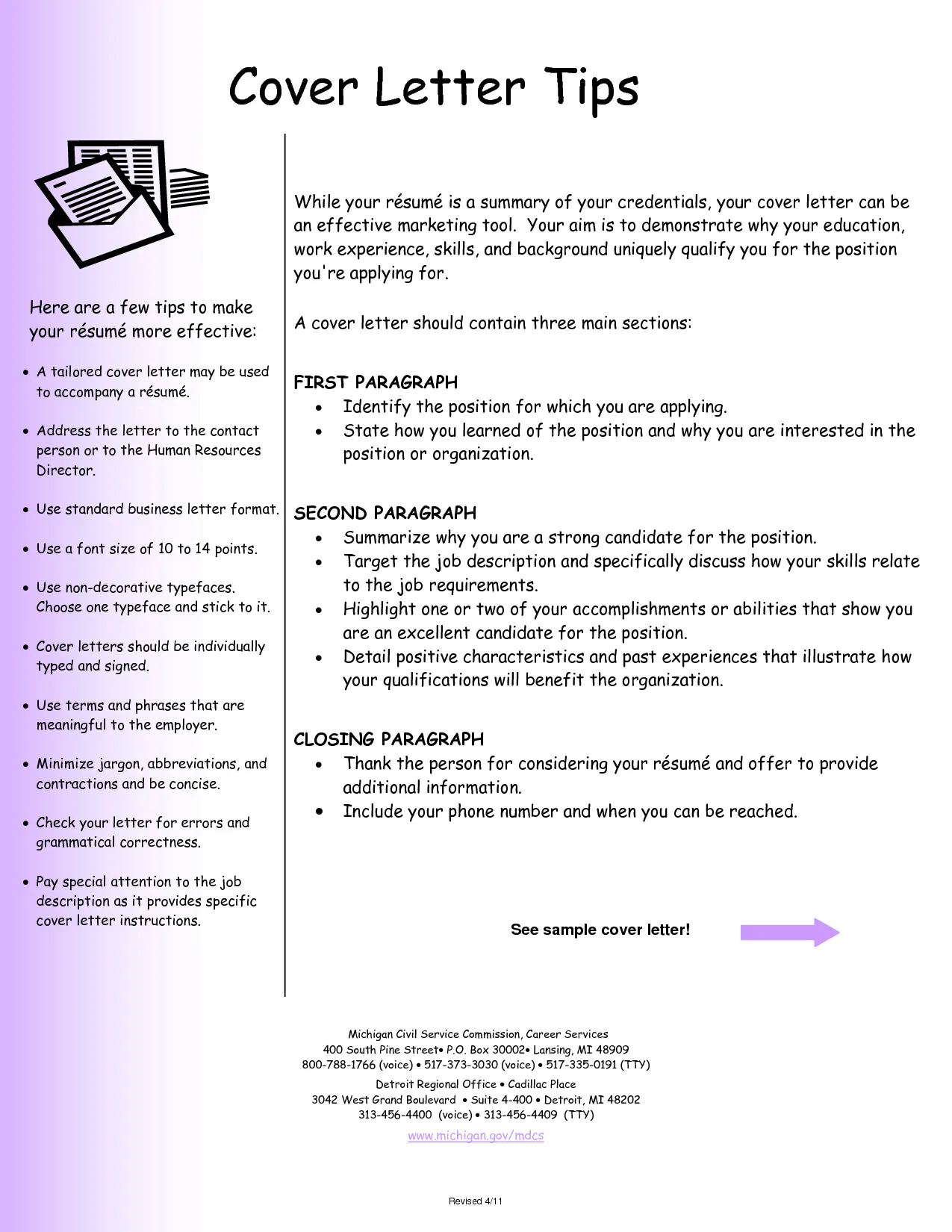
Carefully review the job description and identify the key skills and qualifications the employer is seeking. Highlight your relevant skills and experiences, and provide specific examples that demonstrate how you meet their requirements. Use keywords from the job description to show that your qualifications align with the role’s demands. Tailor your cover letter to the job’s specific needs by addressing the responsibilities and requirements. This focused approach enhances your chances of being selected for an interview. This targeted approach highlights your suitability and increases the likelihood of your application progressing to the next stage.
Use Action Verbs
Employ action verbs to make your cover letter more engaging and impactful. Action verbs bring your accomplishments to life and showcase your proactive approach. Start your sentences with strong action verbs that describe your accomplishments and responsibilities. Use active voice throughout your cover letter to make it more dynamic and engaging. These verbs add dynamism to your writing, making you appear more proactive and results-oriented. This makes your achievements sound tangible and demonstrates how you can contribute effectively. By including these verbs, you are more likely to capture the attention of the hiring manager.
Best Practices for Formatting
Proper formatting enhances the readability and professionalism of your cover letter. A well-formatted document shows your attention to detail and commitment to presenting yourself in the best possible light. Effective formatting ensures that your application is easy to read and understand. Choosing the right formatting options makes your cover letter more appealing. By following these best practices, you will enhance your chances of creating a strong first impression and increasing the chances of getting invited to the next stage of the interview.
Font and Size
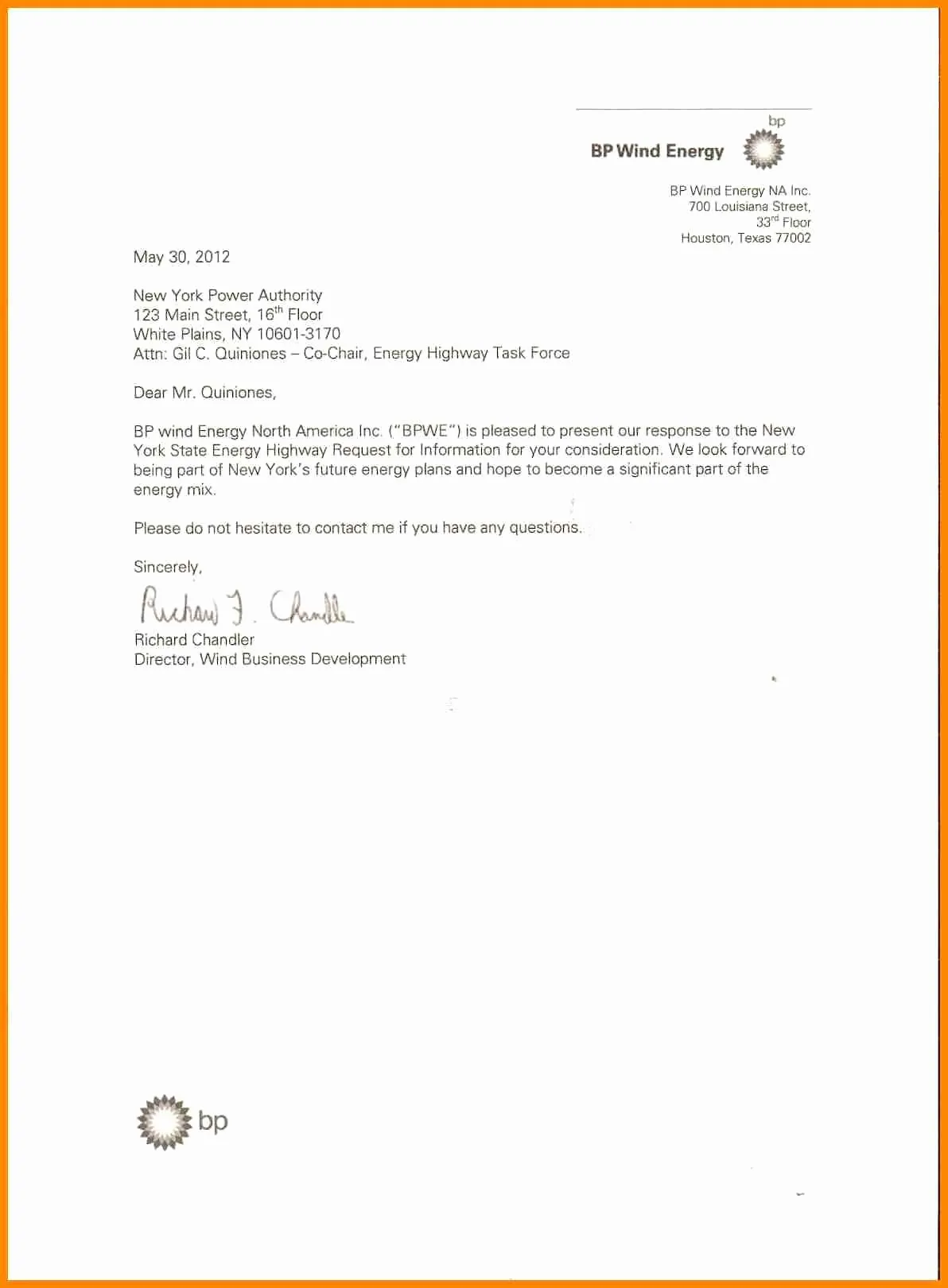
Choose a professional and easy-to-read font such as Times New Roman, Arial, or Calibri. Maintain a consistent font size of 11 or 12 points throughout the document. Avoid using overly stylized fonts or fonts that are difficult to read. The objective is to make your cover letter easy to scan and understand, emphasizing the content over the style. Clear font and sizing will make it easier for the hiring manager to focus on your qualifications, rather than being distracted by an elaborate font or size.
Length of the Letter
Keep your cover letter concise, ideally no more than one page. Ensure the document is streamlined, and avoids excessive length that could detract from its impact. A well-written cover letter needs to be focused and directly address the job requirements. Keep the focus on the most relevant information. Present your best qualities and experiences. Aim for a length that respects the reader’s time, conveying your message effectively. A concise cover letter is more likely to be fully read and appreciated by hiring managers.
File Format and Submission
Always save your cover letter as a PDF file to preserve the formatting. Before submitting your application, carefully review the job posting’s instructions. Comply with the file name conventions requested by the employer. Make sure that your cover letter is easy to open and view on any device, to make a positive first impression. Ensure your application is easy to review, presenting your qualifications professionally. Following these steps, your cover letter will be easily accessible and represent you in the best light possible. This simple step prevents any formatting issues that might arise, and makes it easy for the hiring manager to open and read your application.
